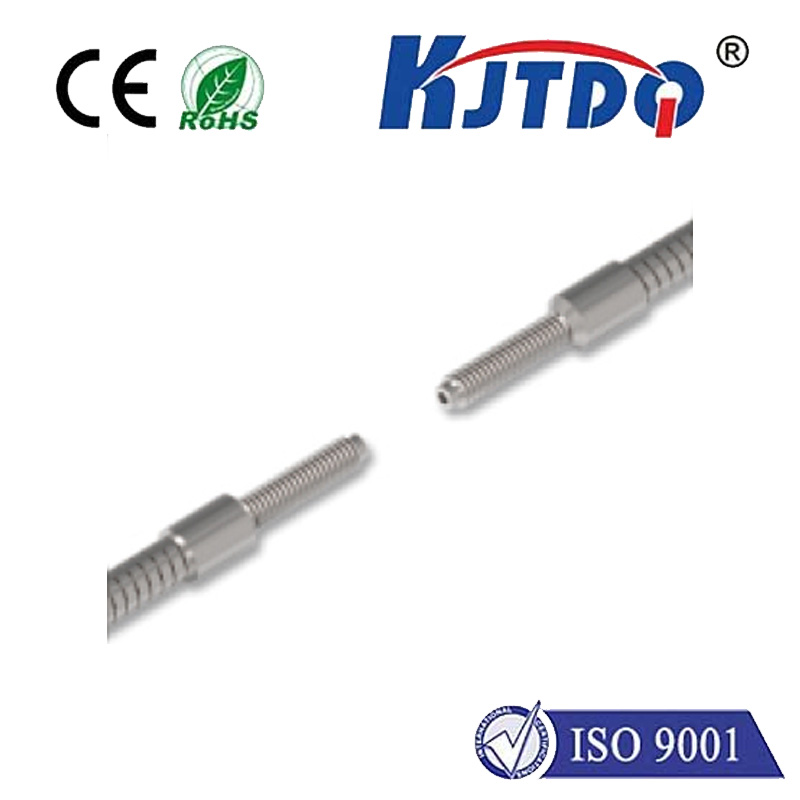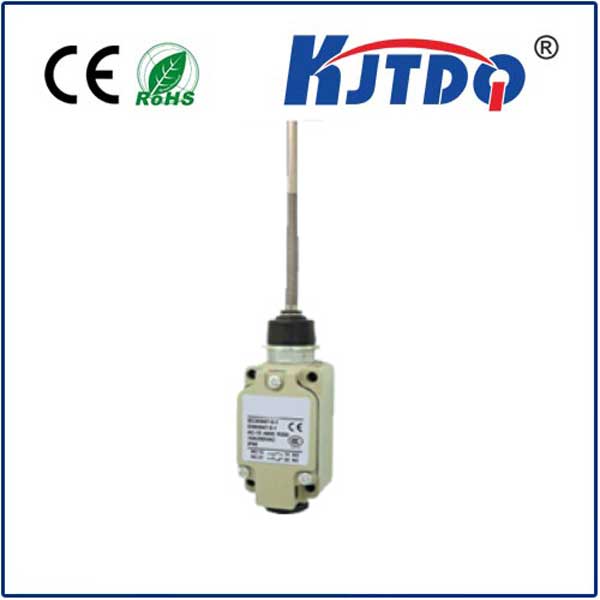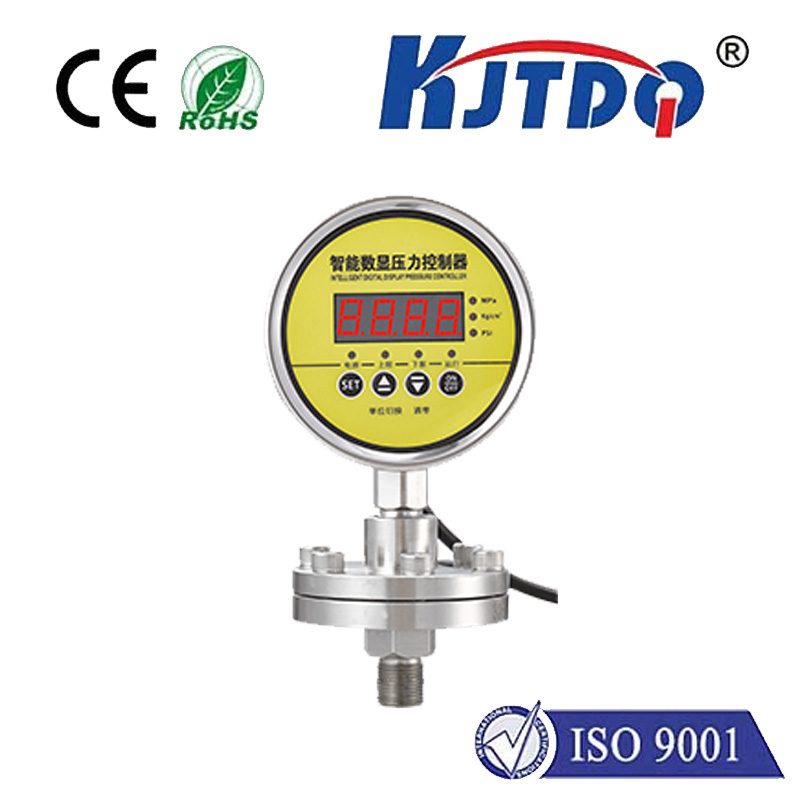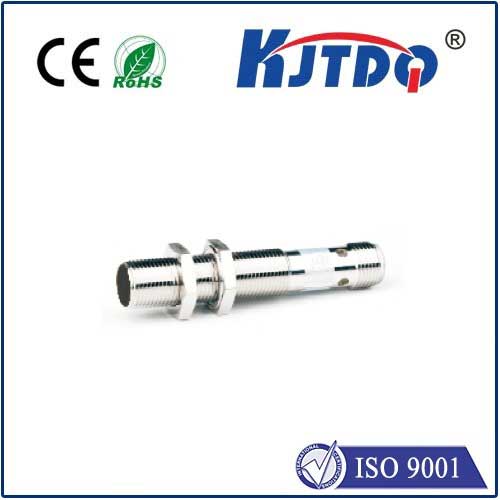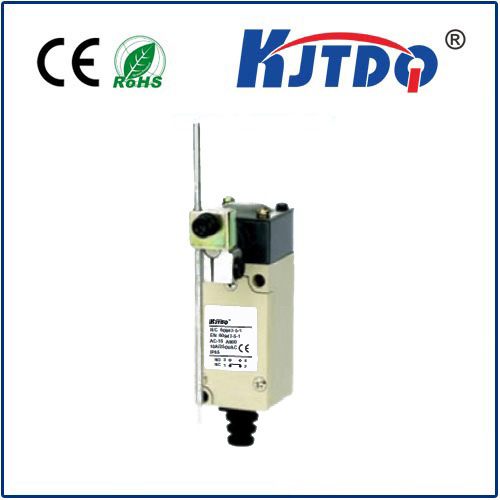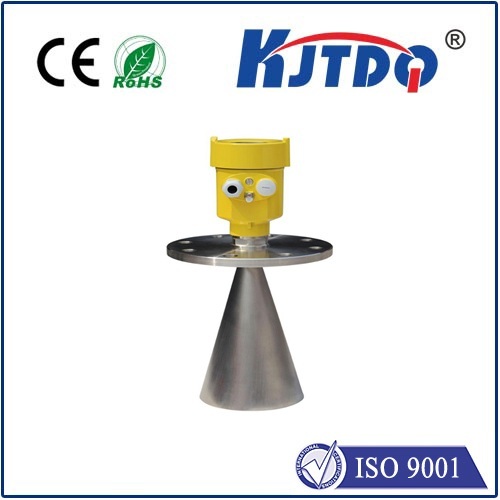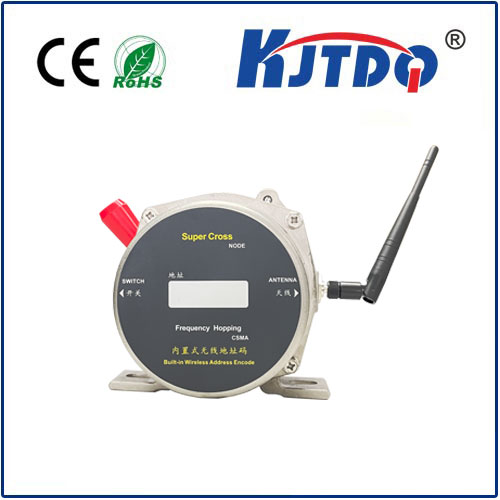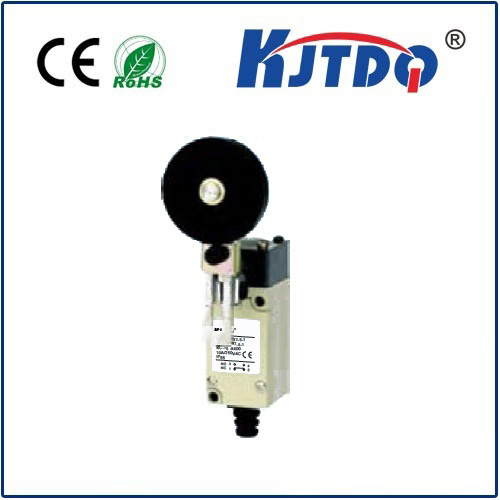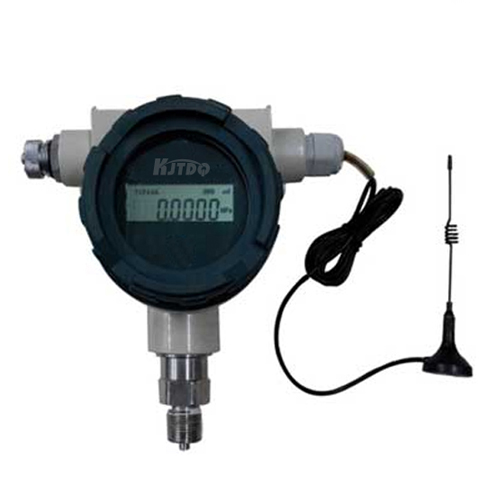compact laser sensor
- time:2025-09-08 17:19:50
- Click:0
Compact Laser Sensors: Small Size, Big Impact in Modern Technology
Imagine replacing bulky, complex measurement systems with a device small enough to fit comfortably in the palm of your hand, yet capable of delivering micron-level precision. This is the reality unlocked by compact laser sensors, a technological marvel reshaping industries by offering sophisticated sensing capabilities in incredibly space-efficient packages. Far more than just miniaturized versions of their predecessors, these sensors represent a fundamental leap forward in how we integrate precision measurement, object detection, and quality control into increasingly smaller and smarter devices.
Historically, laser sensing often involved significant hardware footprint, complex alignment, and substantial power requirements. The drive towards miniaturization, driven by demands in robotics, consumer electronics, medical devices, and automation, necessitated a paradigm shift. Compact laser sensors answer this call brilliantly, embodying the principle that powerful functionality doesn’t require excessive physical space. Their core advantage lies in this space-saving design, enabling deployment in confined areas where traditional sensors simply cannot venture – inside intricate machinery, on agile robotic arms, within portable diagnostic equipment, or embedded into consumer gadgets.
So, how do these diminutive powerhouses actually work? At their heart, they utilize focused laser light, similar to larger units, but achieve miniaturization through several key innovations:

- Advanced Optoelectronics: Developments in laser diode technology produce powerful, stable beams from incredibly small semiconductor sources. Similarly, miniaturized photodetectors (like photodiodes or CMOS sensors) efficiently capture the reflected light.
- Integrated Circuitry: Sophisticated Application-Specific Integrated Circuits (ASICs) pack complex signal processing, data analysis, and communication protocols onto tiny chips, drastically reducing the need for external electronics.
- Precision Micro-Optics: Miniature lenses, often molded or micro-machined, focus the laser beam with high accuracy and efficiently collect the return signal. Innovations in diffractive optical elements (DOEs) further enhance beam shaping and pattern generation within tight constraints.
- Robust, Lightweight Housings: Durable polymers and metals protect the delicate internal components while contributing minimal weight and bulk, crucial for mobile applications.
Compact laser sensors primarily utilize two fundamental measurement principles: Time-of-Flight (ToF) and Triangulation.
- ToF Sensors: These measure the time it takes for a laser pulse to travel to a target and back. Knowing the speed of light allows precise calculation of distance. Modern compact ToF sensors achieve remarkable accuracy and speed, making them ideal for object detection, presence sensing, basic level monitoring, and simple navigation in drones or robots, all within a tiny form factor.
- Triangulation Sensors: These project a laser spot onto a target. A miniaturized lens focuses the reflected spot onto a position-sensitive detector (like a PSD or a small CMOS array). The position shift on the detector relative to the emitter’s angle directly correlates to the target’s distance. This principle excels in high-precision displacement and profilometry tasks, crucial for measuring component dimensions, surface flatness, or vibration analysis in tight spaces. Their inherent ability to focus sharply also allows detecting very small objects or features.
The versatility of compact laser sensors is truly staggering. They are seamlessly integrating into diverse sectors:
- Industrial Automation & Robotics: Providing critical feedback for precise robotic arm positioning, object picking and placing (especially small components on PCBs), conveyor belt monitoring, gap and edge detection, and quality control checks directly on the production line. Their small size and light weight are essential for integration onto collaborative robots (cobots) and micro-automation cells.
- Consumer Electronics: Enabling features like autofocus in smartphone cameras (often using compact laser ToF modules for swift distance calculation), gesture recognition interfaces, and proximity sensing to turn off screens during calls – all demanding minimal space and power. Wearable devices increasingly rely on them for motion tracking or health monitoring.
- Automotive (ADAS and Interior): Compact LiDAR (Light Detection and Ranging) units, built on laser sensor principles, are becoming smaller for Advanced Driver Assistance Systems (ADAS) like automatic emergency braking and adaptive cruise control. Inside the cabin, they enable intuitive gesture controls for infotainment systems. Their robust design withstands harsh environments.
- Medical & Life Sciences: Facilitating precise measurements in handheld diagnostic tools, surgical navigation instruments, endoscopy, and lab automation equipment, where space is at a premium and accuracy is paramount. Compact laser displacement sensors monitor subtle movements in microfluidic devices.
- Logistics & Warehousing: Powering barcode and 2D code scanning in handheld terminals and automated guided vehicles (AGVs), providing rapid and reliable identification essential for inventory management and fulfillment center efficiency.
The benefits driving adoption are compelling:
- Unmatched Miniaturization: The defining feature, enabling applications impossible with bulkier sensors. Essential for modern, dense, and mobile technology designs.
- High Precision & Accuracy: Despite their size, they deliver exceptional resolution and repeatability for demanding measurement tasks.
- Fast Response Times: Laser-based sensing inherently allows for high-speed data acquisition, critical for dynamic processes and real-time control.
- Non-Contact Measurement: Eliminates risk of damaging delicate targets or introducing measurement errors through physical contact.
- Reduced Integration Complexity: Often feature simplified mounting, built-in processing, and standardized digital outputs (like IO-Link, USB, or RS232), making them significantly easier to integrate than complex, multi-component systems. This translates to lower installation costs and faster deployment.
- Robustness: Typically designed with industrial-grade components and enclosures, offering good resistance to shock, vibration, and challenging environmental conditions (dust, light interference).
As technology progresses, compact laser sensors continue to evolve. We see trends towards even smaller form factors, lower power consumption (crucial for battery-powered devices), higher measurement speeds, enhanced resistance to ambient light interference, integration of AI for on-sensor data processing (edge computing), and the emergence of highly integrated solid-state LiDAR without moving parts. The integration of MEMS (Micro-Electro-Mechanical Systems) technology in beam steering and scanning further pushes the boundaries of miniaturization and functionality.
The trajectory is clear: miniaturized laser measurement technology is becoming ubiquitous. From ensuring the flawless assembly of microscopic electronics to guiding autonomous vacuum cleaners around living rooms, compact laser sensors are proving that immense capability can indeed come in incredibly small packages. Their space-saving design and integration-friendly nature make them indispensable components in the ongoing quest for smarter, smaller, and more efficient technological solutions across virtually every modern industry. Choosing the right sensor hinges on carefully considering the specific application requirements – distance range, precision level, environmental conditions, and communication needs – to leverage the full power packed within these innovative devices.






